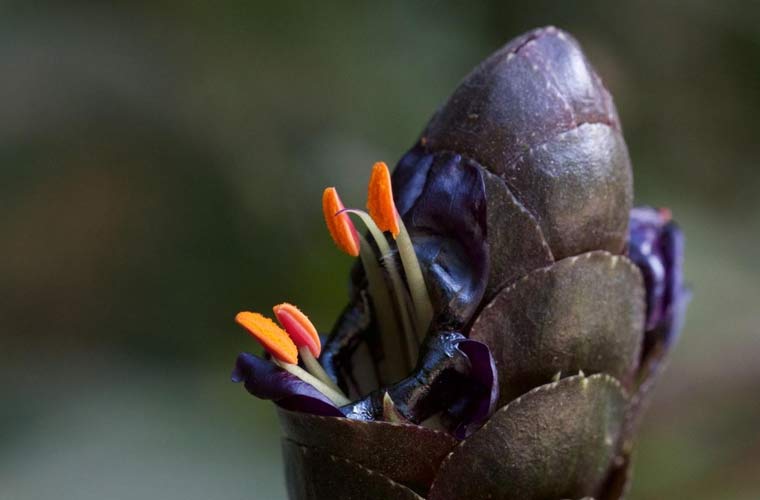Trending Now
- Alliance talks between AIADMK and BJP are ongoing. An announcement will be made at the right time – Union Home Minister Amit Shah.
- Vijay spoke about TVK vs. AIADMK only to motivate party workers – AIADMK General Secretary Edappadi K. Palaniswami.
- South Indian audiences are not interested in Hindi films, which is why they don’t succeed – Salman Khan.
- KL Rahul joins Delhi Capitals; the team will face Hyderabad tomorrow.
Coimbatore
A rare flower catches the eye
![]() March 9, 2017
March 9, 2017
Udhagamandalam: Flowers and the Blue Mountains are synonymous and almost all would be familiar with Neelakurunji often called Kurunji (Strobilanthes kunthiana), whose gregarious flowering at times carpets these hills with purplish-blue blossoms, but it is a little known fact that there are others of this family, which though not familiar, are equally attractive and at times even surpass the beauty of the popular variety.
The District Manual of 1880 lists around seven varieties of Strobilanthes, and one such species is Strobilanthes luridus, a large straggling branched shrub with a spiky inflorescence, bearing purplish-black and bright reddish-orange cup shaped blossoms.
The plant is now in bloom in parts of the district, according to conservationist P.J.Vasanthan.
Speaking to The Covai Post here, he pointed out that it was Robert Wight, a Scottish surgeon and and a well known botanist, who was among the first to describe this species in 1850, while engaged in developing an experimental farm set up in Coimbatore.
N.Arun Kumar, a Bangalore based botanist and research scholar said that the little known species is peculiar to the Southern Western Ghats, where it’s habitats are the montane shola / grassland complexes, and is known to come into bloom in six-year cycles, usually during the months of January, February and March.
Little is known about its conservation status, for it has not been evaluated by the International Union of Conservation of Nature (IUCN), but it has been listed in the “Special Habitats and Threatened Plants of India”, a publication of the Wildlife Institute of India, Dehra Dun, in 2008.
This plant can be considered as an ‘indicator species,’ whose presence, absence or abundance reflects a specific environmental condition, and can be a useful tool in monitoring overall biodiversity and the outcome of management practices.























